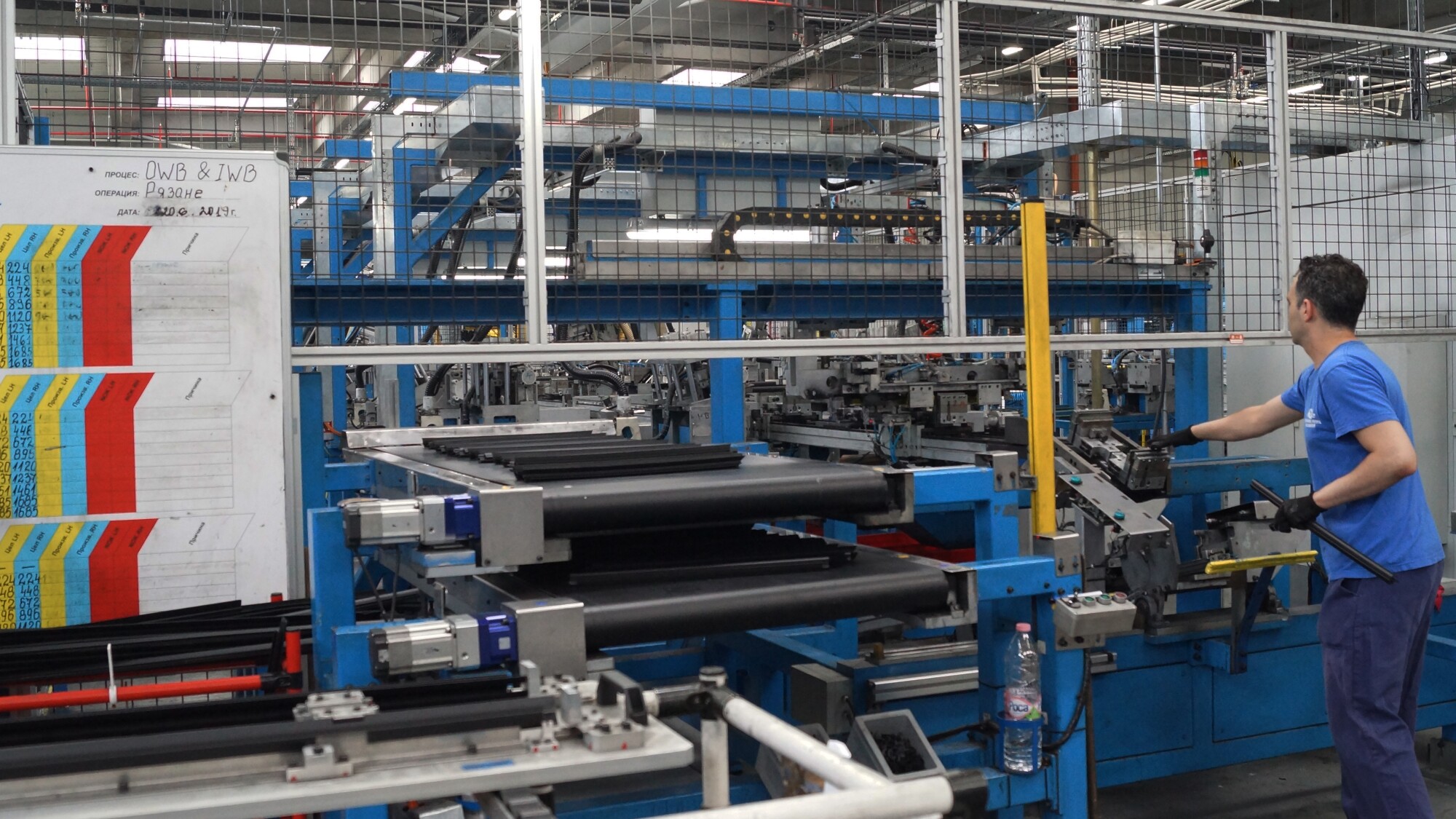
Within the next decade, the plastic injection molding industry is set to reach a value of $266 billion. This value is spread across the various types of plastic molds. It also includes molds used in the automotive, packaging and medical industries.
But, how are the different types of plastic molds made, and how do people use them for creating parts and products? Well, it starts with gauging demand. The ones that most require them are the electronics and automobile industries, where polypropylene is the most popular form.
Connecting the types of plastic molds to their uses can get quite confusing. If you’re looking for more information about how to use plastic molds, the different types available, and what products they’re for, consider reading ahead.
Plastic Molds: The Basics
Creating a plastic mold is done by giving a liquid or semi-solid material a specific shape with the help of a rigid frame that changes depending on the desired outcome. Specifically, the process involves mixing powders and liquids together and applying different amounts of pressure and heat.
These can also vary, as soft, where the required amount of heat and pressure can change drastically.
Types of Plastic Molds
Considering the high demand from a wide variety of industries, it’s no surprise that there are a plethora of methods of plastic molding to meet each need. However, there are three types that stand out the most. Here’s a quick look at each one.
Rotational Molding
Rotational molding involves a process where liquid or powder sits in a metal mold and spins slowly in an oven where heat and centrifugal force participate to produce an optimal final product. You’ll see rotational molding in products like recycling bins, large containers, and car parts.
Injection Molding
Injection molding involves injecting plastic into a mold and applying immense amounts of pressure. However, the plastic injects liquid into a metal mold, where it cools. This method is a fantastic option for scaling custom plastic molding projects. Once finalized, all that’s left is to inject the molten plastic.
Compression Molding
Compression molding involves inserting a heated material, be it in liquid or solid form, in a mold for compression. It’s one of a few processes that requires plastic trim molding. This is where, once the mold and material cool, the operator must carefully trim the excess plastic material from the edges of the mold.
You’ll find compression molding participates in the miniatures industry, as well as the automotive industry. Both require strong plastics, even though the plastic miniature and toy industries are slowly shifting to other materials.
A Flexible Option
Regardless of industry, it’s likely that plastic molds can participate in some way. You can even find cases like crown molding, where companies can quickly produce crowns for a room with just a few measurements. As you can likely tell, these are simplistic in nature and, while there are a plethora of methods available, are a simple way to satisfy all kinds of industrial needs.
Contact us if you’re working on a project, be it big or small, and need some help. We’re more than happy to take on the challenge and guide you from start to finish.
